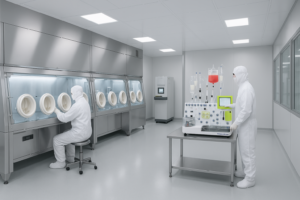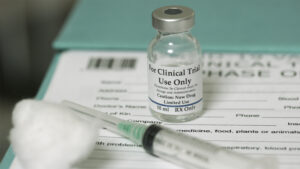Advanced Therapy Manufacturing for Start-Ups: The Need for a Next Generation CDMO
The Need for a Next Generation CDMO
Alain Pralong1,3, Renaud Jacquemart2,3, Katrina Cordovado2,3
- Pharma Consulting ENABLE GmbH, 2. Omnium Global Consulting Inc, 3. ENABLE Biotech AG
Introduction
In the expansive landscape of cell and gene therapy (CGT) development and manufacturing, the industry is experiencing unprecedented growth, with >90 clinical trials initiated in 2023 and almost 4,000 therapies currently in development1. The majority of these innovations are being pursued by biotech start-ups and university spin-off, and almost 75% of CGT start-ups are expected to engage a Contract Development & Manufacturing Organization (CDMO) due to the high investment required to build an in-house manufacturing facility2. However, compared to big pharma companies, these smaller biotechs have unique needs at early clinical development stages that are not always met by existing players in the CDMO space for CGT, ranging from Chemistry, Manufacturing, and Controls (CMC) and Quality Assurance (QA) expertise to finding phase-appropriate pricing and operating models. As consultants specializing in product development, we see firsthand the challenges posed to these smaller biotechs. Therefore, a next-generation CDMO, meeting start-up needs through their operating model and specialized expertise, is needed to address the distinctive challenges faced by early-stage biotechs in the dynamic landscape of CGT process and early-stage clinical development stages.




